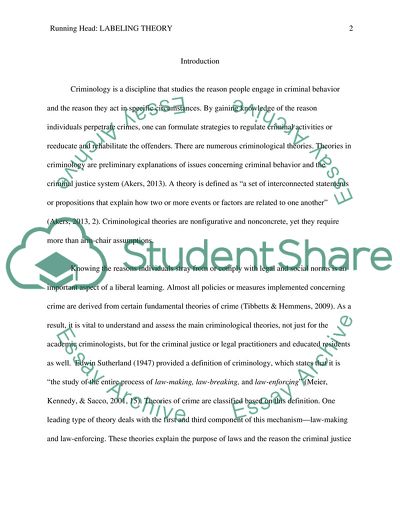Cite this document
(Labeling Theory Thesis Example | Topics and Well Written Essays - 3250 words, n.d.)
Labeling Theory Thesis Example | Topics and Well Written Essays - 3250 words. https://studentshare.org/psychology/1817216-crime-major-the-topic-labeling-theory
Labeling Theory Thesis Example | Topics and Well Written Essays - 3250 words. https://studentshare.org/psychology/1817216-crime-major-the-topic-labeling-theory
(Labeling Theory Thesis Example | Topics and Well Written Essays - 3250 Words)
Labeling Theory Thesis Example | Topics and Well Written Essays - 3250 Words. https://studentshare.org/psychology/1817216-crime-major-the-topic-labeling-theory.
Labeling Theory Thesis Example | Topics and Well Written Essays - 3250 Words. https://studentshare.org/psychology/1817216-crime-major-the-topic-labeling-theory.
“Labeling Theory Thesis Example | Topics and Well Written Essays - 3250 Words”. https://studentshare.org/psychology/1817216-crime-major-the-topic-labeling-theory.


